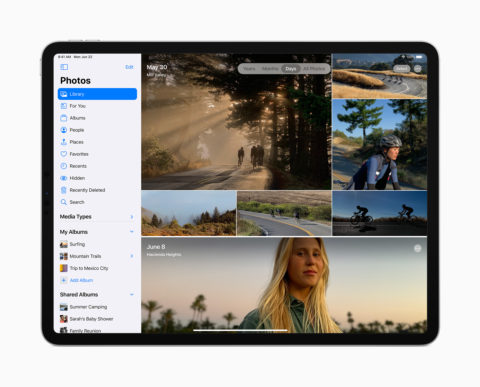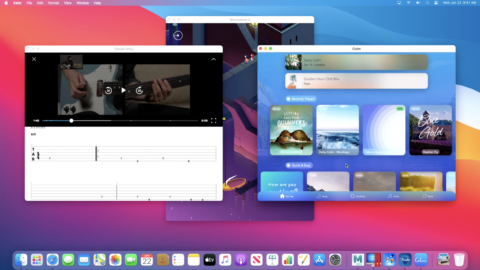As Apple mashes iPad into the Mac with a fork, we look at the pros and cons
Writers with a strong line in hyperbole claim Apple’s on a mission to transform the iPad into a Mac. That’s a stretch – Apple’s tablet will surely always remain a touchscreen-first device. However, it’s undeniable that ideas from Apple’s traditional computers have informed iPadOS – and will to an even greater extent in this year’s update.
Assuming your iPad’s running iPadOS 13, you can now use a mouse or trackpad to control a dynamic on-screen cursor. This echos the classic pointer popularized by the Mac and that’s for decades been a standard on desktop and laptop computers, but adds its own spin for modern touchscreen devices.
Put your Mac into it

With iPadOS 14, Apple takes things further. Many apps gain a sidebar, like their Mac counterparts, unifying the app interaction experience and making it easier to quickly get at what you need. Elsewhere, rather than taking over the entire screen, calls and search now have a compact design, allowing you to continue focusing on the main task at hand. And Files feels more Mac-like, increasingly echoing the macOS file manager, Finder, in terms of its appearance and feature set.
None of this is a bad thing. Yes, the iPad loses a little of its unique flavor, but it’s moving on from ‘just’ being a big iPhone. These updates afford key benefits, not only for people doing ‘proper work’, but even if you primarily use an iPad for little more than managing photos and files, making calls, and browsing the internet.
In the other direction, however, things are less rosy. Control Center coming to Mac makes sense, as does Notification Center. We’re less convinced about all Mac icons adhering to iOS/iPadOS conventions, though, becoming rounded squares, but… OK. However, one big change is soon to hit the Mac with all the subtlety of a boulder dropped into a pond: the ability to run mobile apps.
A knife in the Mac

Once Macs are running the same kind of CPUs as iPhones and iPads (beginning later this year), there’s nothing to stop them running iPhone and iPad apps. Apparently, Apple didn’t stop to think whether they should. At this year’s developer conference, execs enthused about opening the Mac up to the wealth of great software from iPad and iPhone. But apps designed for touchscreens are going to feel distinctly alien on a traditional computer.
Moreover, with iPhone and iPad software typically being a lot cheaper than Mac equivalents, this could kickstart a race to the bottom in pricing. Worse, developers may reason there’s simply no need to make the effort to craft a Mac app, because their existing mobile version at least runs – even if it doesn’t run well.
For iPad owners, then, convergence is a win-win — the best of both worlds. But if you’ve been a long time fan of the Mac, Apple’s upstart tablet is starting to feel more like something to be feared rather than revered.

